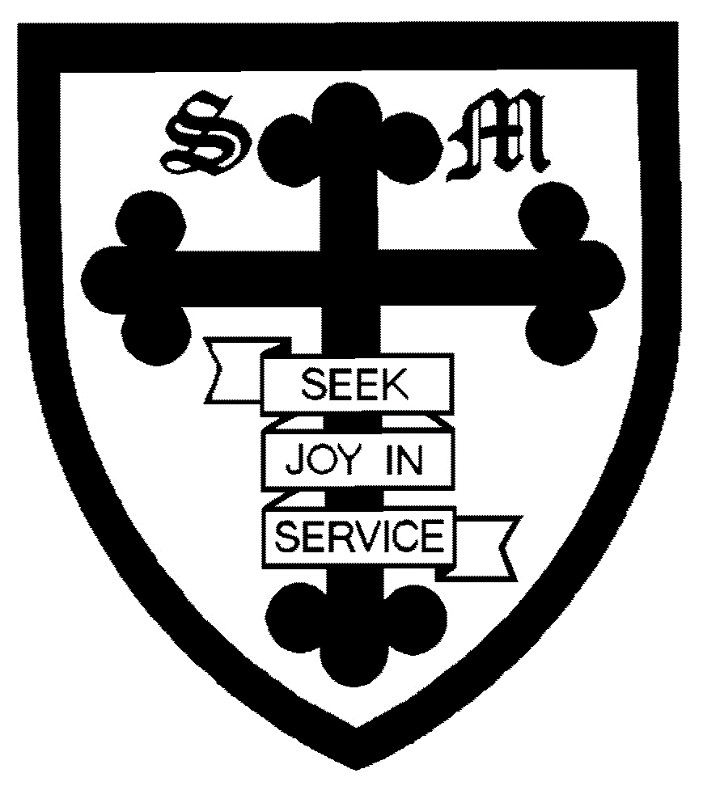Maths
Purpose of study - National Curriculum 2014
Mathematics is a creative and highly interconnected discipline that has been developed over centuries, providing the solution to some of history’s most intriguing problems. It is essential to everyday life, critical to science, technology and engineering, and necessary for financial literacy and most forms of employment. A high-quality mathematics education therefore provides a foundation for understanding the world, the ability to reason mathematically, an appreciation of the beauty and power of mathematics, and a sense of enjoyment and curiosity about the subject.
At St. Michael's Primary School, we are committed to embracing the National Curriculum's 'Purpose of Study'. Our primary goal is to ensure that all our students:
- Develop fluency in the fundamental principles of mathematics.
- Possess the ability to reason mathematically, using appropriate mathematical language effectively.
- Can confidently tackle both routine and non-routine mathematical challenges with increasing sophistication.
- Embrace resilience and understand the importance of the growth mindset, where they believe, "I can't do it... Yet!"
To achieve this, we combine resources like White Rose, Power Maths, Teaching for Mastery, and Nrich to create a tailored mastery maths program that caters to every student's needs. We employ the Concrete Pictorial Abstract (CPA) approach to teaching, anchoring mathematical concepts in practical understanding.
What is the 'Concrete Pictorial Abstract' Approach in Mathematics?
The Concrete Pictorial Abstract (CPA) approach is a learning system that utilises physical and visual aids to cultivate a child's grasp of abstract mathematical concepts.
Students are introduced to new mathematical concepts through tangible objects (e.g., fruits, Dienes blocks, etc.). Once they are comfortable solving problems with physical materials, they progress to problems represented pictorially, typically using visual representations of the concrete objects they've been working with.
Subsequently, they tackle problems involving only abstract elements, such as numbers or mathematical symbols. Progressing through these stages within a lesson helps students better appreciate the connection between mathematical concepts and the real world, thus reinforcing their understanding of the subject matter.
